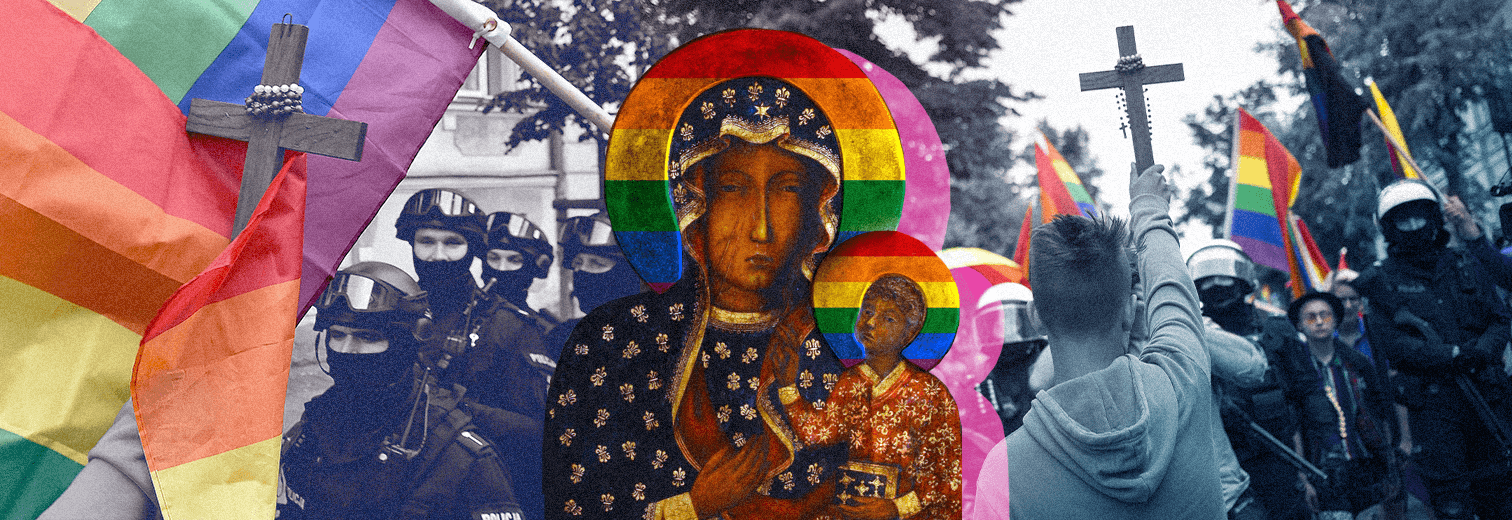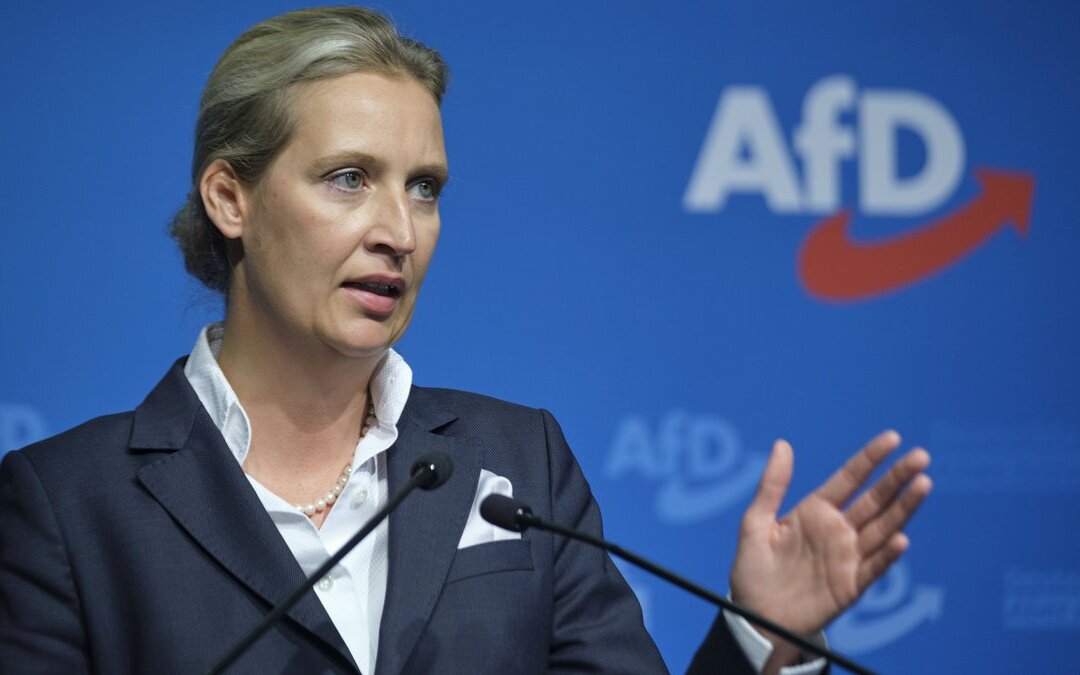Queer Fronts
This article was originally published in German on Kontext Wochenzeitung
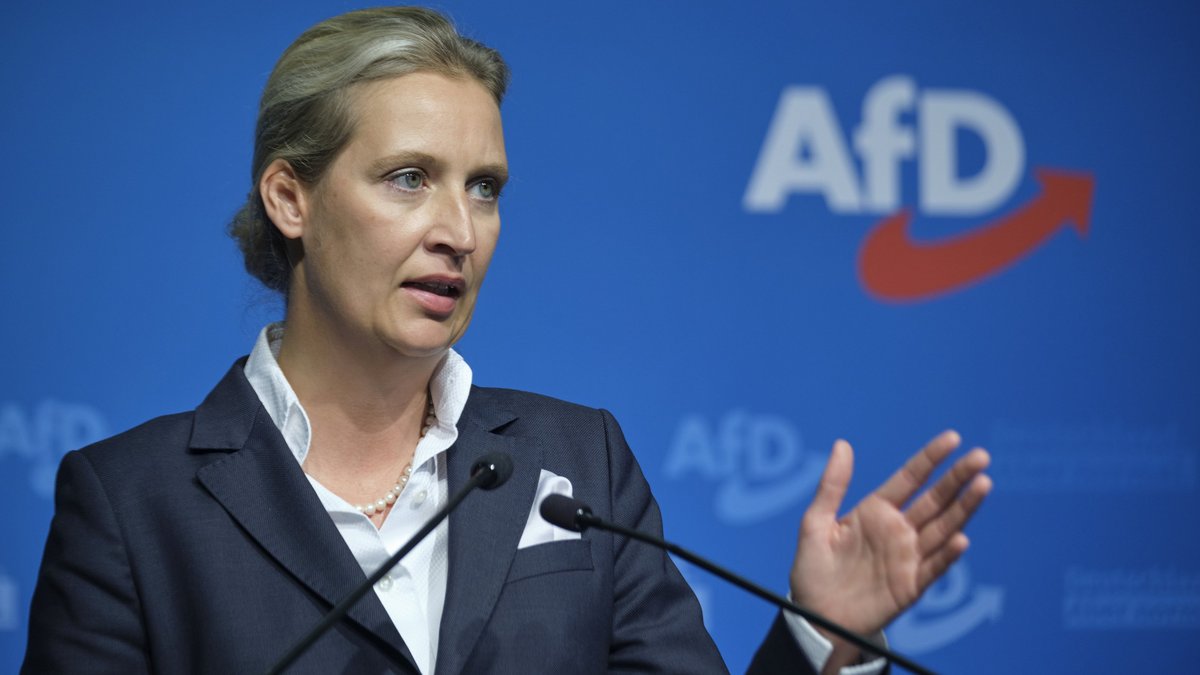
Alice Weidel, a lesbian party leader of a queer-hostile, right-wing extremist party. Photo: Joachim E. Röttgers
The fact that the queer-hostile AfD has a lesbian woman as its chairwoman and is putting her forward as its candidate for chancellor seems like a paradox. Alice Weidel herself resolves it by distinguishing between homosexual and queer. Divisions are also opening up within the queer community.
It has been almost three years since Alice Weidel was elected co-chair of the AfD at the party conference in Riesa, Saxony. At the beginning of this year, she emerged in Riesa as the first chancellor candidate of the far-right party. The fact that she herself is in a lesbian relationship does not seem to have harmed her success within the party so far. Although not all party members are united behind her. At the last AfD party conference, where Weidel was nominated as candidate for chancellor and the word ‘remigration’ was written into the party’s election manifesto, the AfD also enshrined its vision of the family in its programme: father, mother and children.
This means that Weidel’s own nuclear family does not conform to the party line. Alice Weidel avoids any conflict by drawing a clear line. As is so often the case with right-wing ideology, it is about a simplified dualism of good and evil, right and wrong. Alice Weidel repeatedly emphasises that she is married with a child, as she did in the ARD (a German public-service television channel) summer interview in 2023: ‘I am not queer, I am married to a woman I have known for 20 years.’ Her wife is religious and she adheres to an outdated binary gender order of men and women.
Apart from her lesbian partnership, Weidel lives a right-wing conservative life according to the conventional heterosexual family model and campaigns against abortion rights.
Weidel’s enemies are therefore not married gay or lesbian people, but people who identify as queer. People who believe in gender diversity. The AfD likes to talk about a ‘transgender lobby’. Behind this lies a structurally anti-Semitic narrative: there is a small elite that is trying to seize world domination and is pulling the strings behind the scenes. Trans people are accused of destroying the nuclear family and, ultimately, the nation state. The enemy also includes people who live in multi-parent families or have relationships with multiple partners, such as open marriages or polyamorous relationships.
Not the first right-wing gay person
Alice Weidel is not the first far-right politician to be homosexual. Pim Fortuyn, an openly gay man, was a successful politician in the Netherlands in the early 2000s as a member of the right-wing populist Lijst Pim Fortuyn party. He was not as conservative as Alice Weidel, but celebrated his flamboyant queer side. However, he exploited his homosexuality for anti-Muslim racism by blaming Muslim people alone for homophobia.
History provides various examples of ‘bad gays’: people who lived and loved differently, differed from the heteronormative majority society and benefited from the achievements of emancipatory and progressive movements – but remained misanthropic and right-wing conservative to extreme in their worldview.
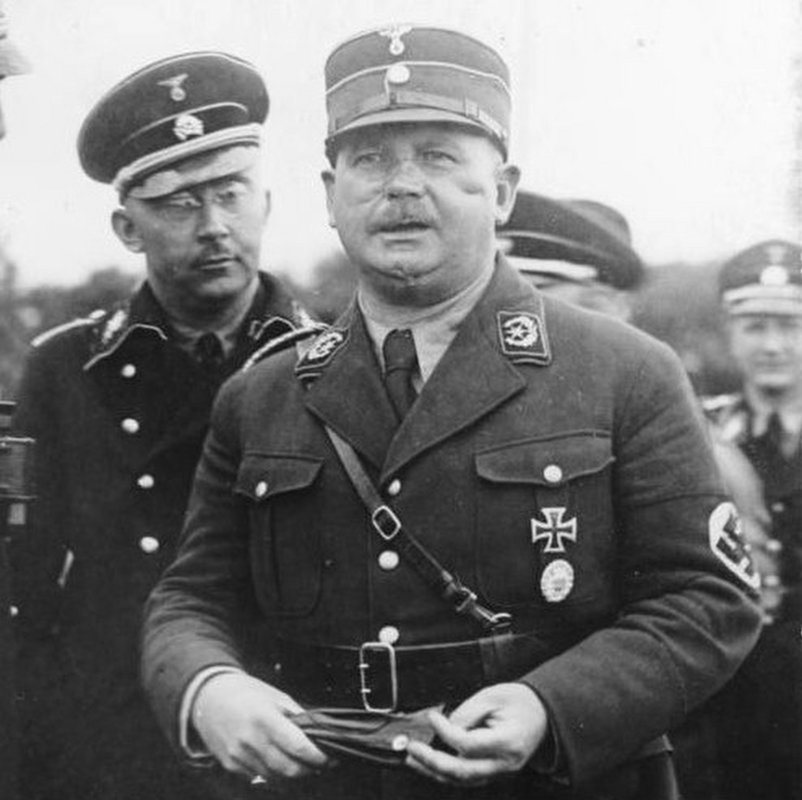
A ‘bad gay’ in German history: SA leader Ernst Röhm. Photo: unknown, Wikimedia Commons, CC BY-SA 3.0 DE
The educator Guida Diehl (1868 to 1961) also belonged to this category. She wrote on women’s politics, campaigned for women’s suffrage and at the same time developed increasingly nationalistic, racist and anti-Semitic views, eventually becoming an ardent admirer of Hitler. Historian Silvia Lange assumes that Lina Lejeune, a Jewish woman who converted to Christianity and lived with Guida Diehl, was her partner.
Despite the systematic persecution of homosexuals during the Nazi era, Ernst Röhm, a homosexual man, was one of the leaders of the National Socialists. However, Nazi ideology was characterised by an exaggerated image of masculinity – accompanied by the devaluation of everything feminine. Röhm’s homosexuality was tolerated until Adolf Hitler had the entire SA leadership liquidated by SS units on 30 June 1934. Röhm’s murder shows that his homosexuality was exploited to get rid of him in internal power struggles within the Nazi state. But foreign media and anti-fascist organisations also used Röhm’s homosexuality to discredit him.
Over 120 years of legal persecution
Immediately after the NSDAP seized power in 1933, the National Socialists set about destroying their political opponents and their structures. This included the vibrant queer scene of the Weimar Republic, which also attracted queer people from neighbouring countries such as Poland. One example is the Institute for Sexual Science, founded in Berlin in 1919 by Magnus Hirschfeld, which was stormed by the Nazis in 1933 and permanently closed. With the institute, Hirschfeld wanted not only to promote scientific debate on homosexuality and gender diversity, but also to advance the homosexual emancipation movement of the time and mobilise against Paragraph 175. Introduced during the Kaiser era in 1871 and only abolished in 1994, Paragraph 175 criminalised sexual acts between men and was the basis for the persecution of homosexuals during the Nazi era and beyond.
After the Nazi regime had interfered in the most intimate aspects of people’s lives, restraint was the order of the day in post-war West Germany.
Little was said about sexuality and desire. This only changed with the youth movement of 1968, which gave rise to the women’s movement, but also to the gay and lesbian movement.
On the one hand, lesbian women were active in queer groups with men, for example in AIDS awareness campaigns. On the other hand, many lesbians were also involved in the women’s movement, campaigning for equality and helping to establish numerous structures such as women’s shelters and emergency hotlines, women’s bookshops and archives.
These joint struggles often worked well, but sometimes they did not. One example of this is the long-standing dispute over a memorial to commemorate the murder of lesbian women in the former Ravensbrück women’s concentration camp. Parts of the gay community refused to acknowledge the persecution of lesbian women. Although this persecution took a different form than that of gay men, it cannot be denied. This was the conclusion reached by an expert opinion, and as a result, a plaque now stands at the Ravensbrück memorial with the inscription: ‘In memory of all lesbian women and girls in the Ravensbrück and Uckermark (a historical region in northeastern Germany) women’s concentration camps. They were persecuted, imprisoned and even murdered. You are not forgotten.’
Originally starting out with radical demands for social transformation, the goal of the lesbian movement shifted away from liberation towards integration. Marriage for all, numerous openly lesbian players in the national football team, but also something like a baby boom among lesbian couples from the ’90s onwards and the increased formation of small families testify to this development. Alice Weidel and her family are continuing this development.
Trans people as the enemy
Instead of sharing hard-won privileges, people are being kicked down – and not just by the right. Trans people are easy targets for the right because they are a small group that depends on solidarity.
But there are also feminists, known as TERFs (Trans-Exclusionary Radical Feminists), who are hostile towards trans people and claim that trans women are men. The most prominent voice is British Harry Potter author Joanne K. Rowling. This attitude is shared by some lesbian women.
Béla M. Schreck works in Stuttgart for the human rights organisation ‘100% Mensch’ (100% Human). Schreck advocates for solidarity and inclusive spaces so that multiply marginalised queer groups, such as trans people or queer Black people, have empowering and low-discrimination safer spaces. However, this also requires reflecting on one’s own privileges and critically questioning power structures within queer communities. One example of such a place is the Utopia Kiosk in the Züblin car park (a car park in Düsseldorf). According to Schreck, this is a queer-feminist event space where people who ‘don’t feel comfortable in other queer spaces and bars’ can meet. This is because these spaces are still very gay, white and male-dominated.
Attacks on LGBTQ+ people worldwide
This phenomenon can also be observed in other countries such as Poland. In 2021, activist Ania Matras founded ‘Lesbikon’ in Katowice (Upper Silesia). The initiative aims to be a safe space and trans-inclusive space for queer women who do not feel comfortable in gay spaces and at the same time want to distance themselves from other lesbian initiatives that are not trans-inclusive.
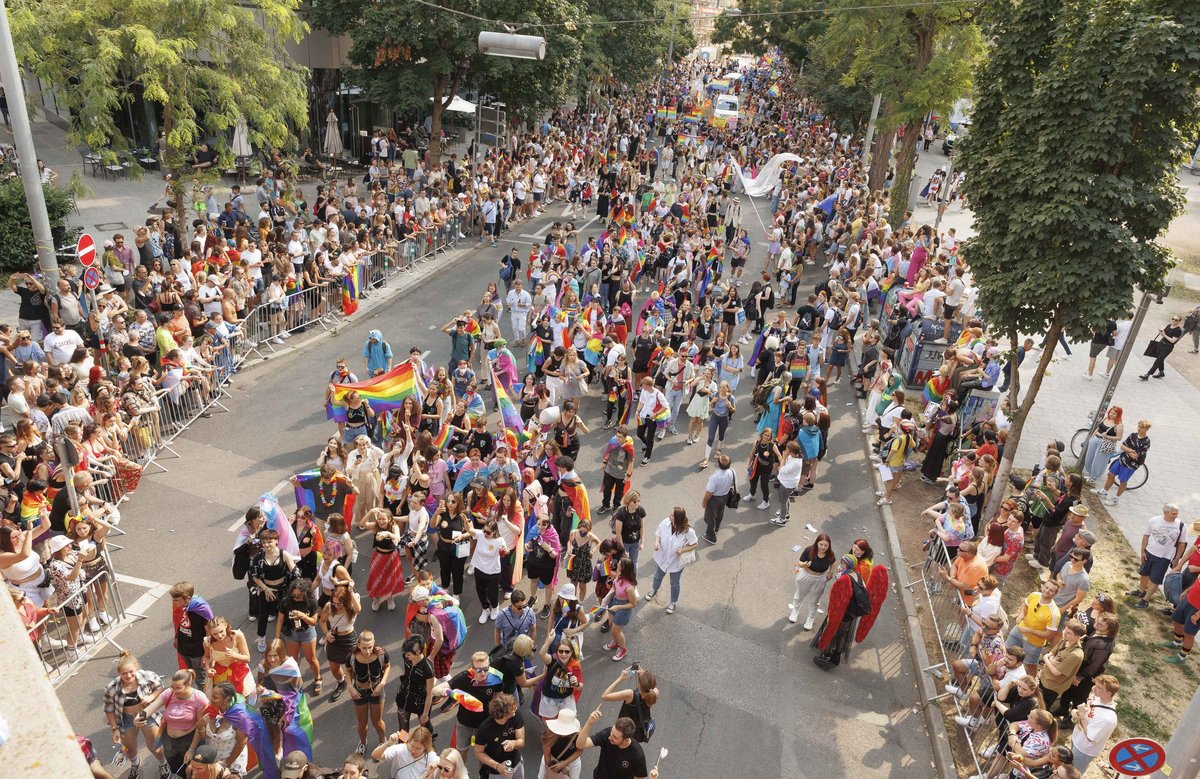
Pride parade in Stuttgart – in Russia, it would be illegal. Photo: Julian Rettig
Schreck from Stuttgart considers the transphobic movement problematic because it ‘has already gained enormous influence, even in politics.’ Transphobia, anti-feminism and the fight against gender-inclusive language serve as a bridge ideology to right-wing conservative actors. In Germany, this can be seen in the ratification of the Violence Against Women Act. The act provides more funding for women’s shelters and counselling centres, but explicitly excludes trans, inter and non-binary people.
The situation is similar around the world: US President Donald Trump wants to issue an executive order to remove the third option and the gender designation ‘x’ and only recognise “male” and ‘female’. In Russia, the LGBTQ+ community was classified as extremist by the judiciary at the end of 2023. And Hungarian Prime Minister Viktor Orbán wants to ban the Pride March in the capital and identify participants using facial recognition.
Read more articles from the Issue
Nothing Found

Criminalized and Invisible: The Long Fight of Queer Ukrainians
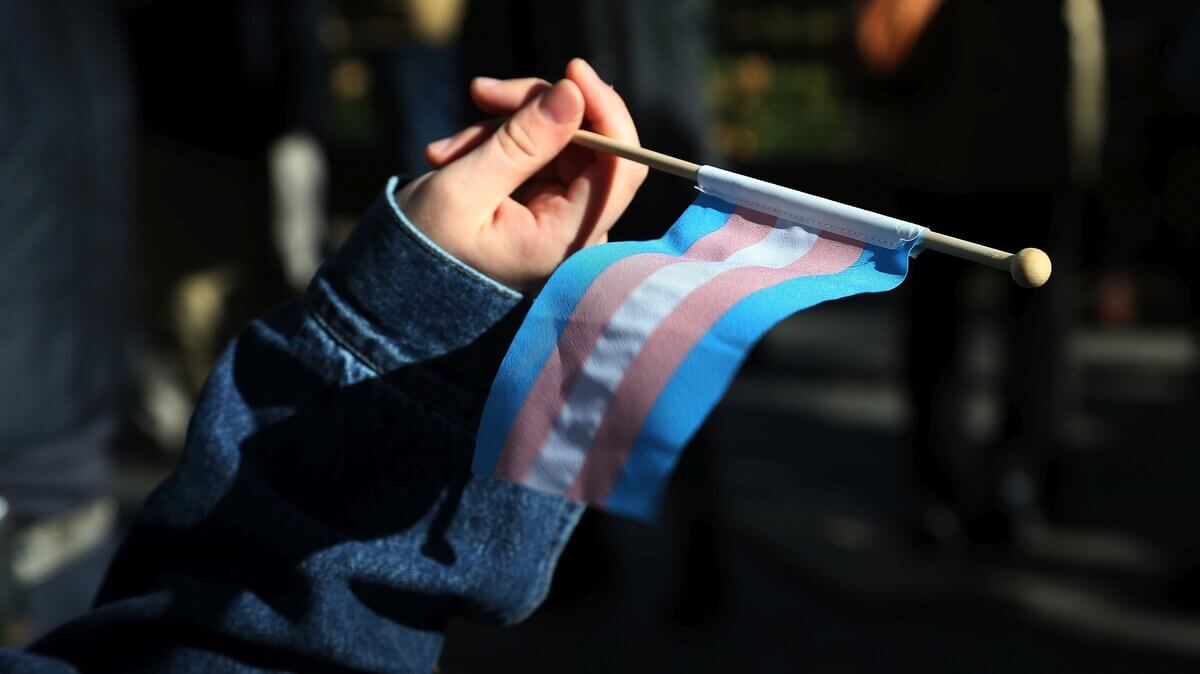
Conversion Practices in Germany: Violence in the Name of God

Valentina Salon: Beauty Practices of the Ukrainian Queer Community

“There is a lot of shame in our community”
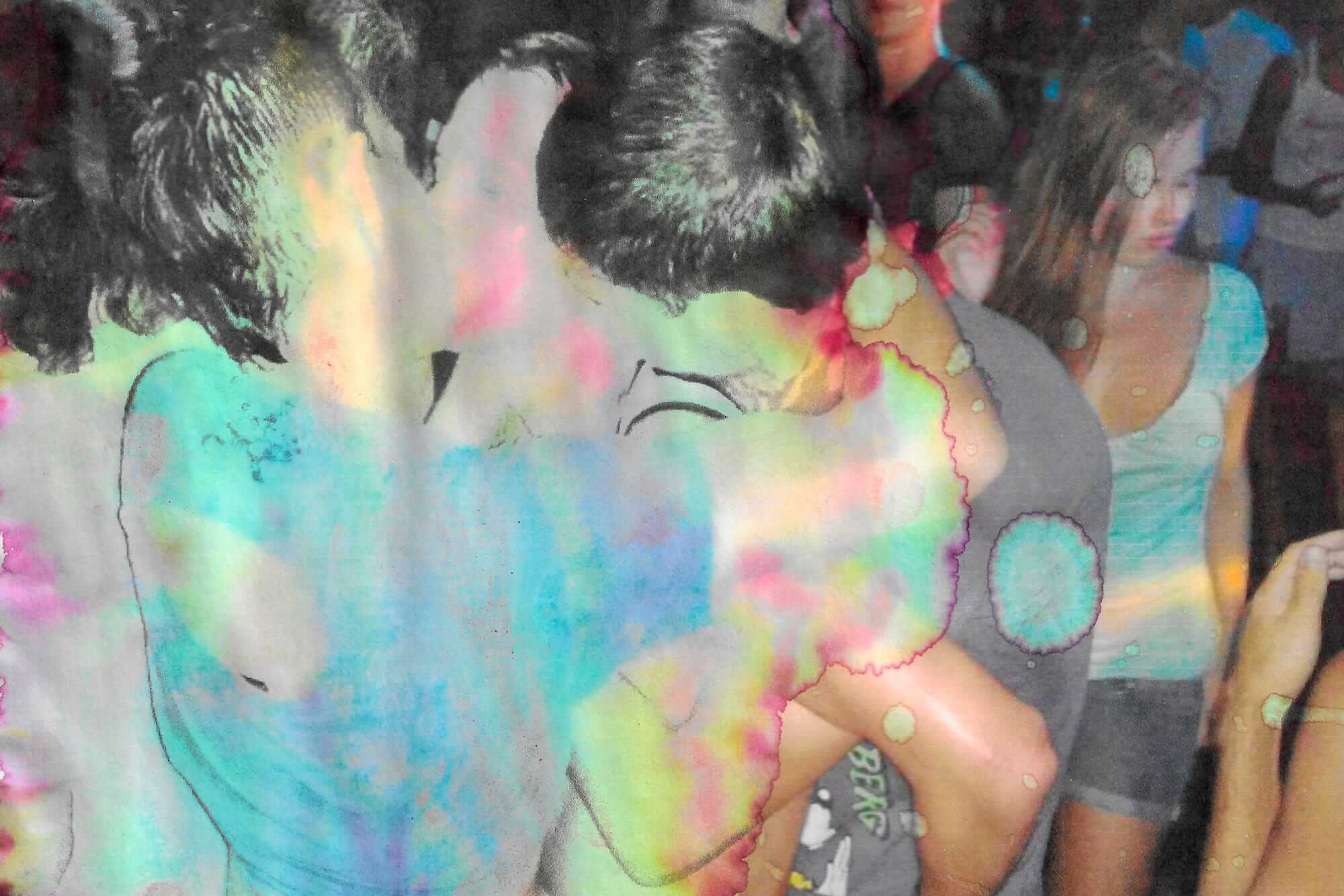
How Ukraine’s Queer Artists and Activists are Safeguarding LGBTQIA+ Memory in Wartime

Eastern Queerope Belarus: Stories of Resistance, Repression, and Cultural Renewal

Homophobia at the Core of Putinism’s Ideology

Strange Embrace: Paradoxes of Homosexual Desire in the Third Reich

Beauty as a Shelter: Ukrainian Women Rebuild Their Lives in Bucharest’s Salons

Angels from the East

Passing the Paintbrush: Historic Queer Jewish Artists in Berlin

Searching for Oneself at Random: How LGBTQI+ Communities Emerged in the Donetsk Region, 1991-2014

“I Have Nothing to Hide”

When We Stopped Hating Ourselves: Gay Life Under Persecution In Poland And Germany

How Queer Soldiers Shape Ukraine’s Defense And Future

Unsafe in The Country of Origin

The Bible, Putin, AfD: Four Misanthropic Myths to Abandon

Queer Resistance in Ukraine: Between War and Disinformation

No Safe Place

“A Place You Can Always Come To”: Shaping Polish Diasporic Queer Communities in Germany
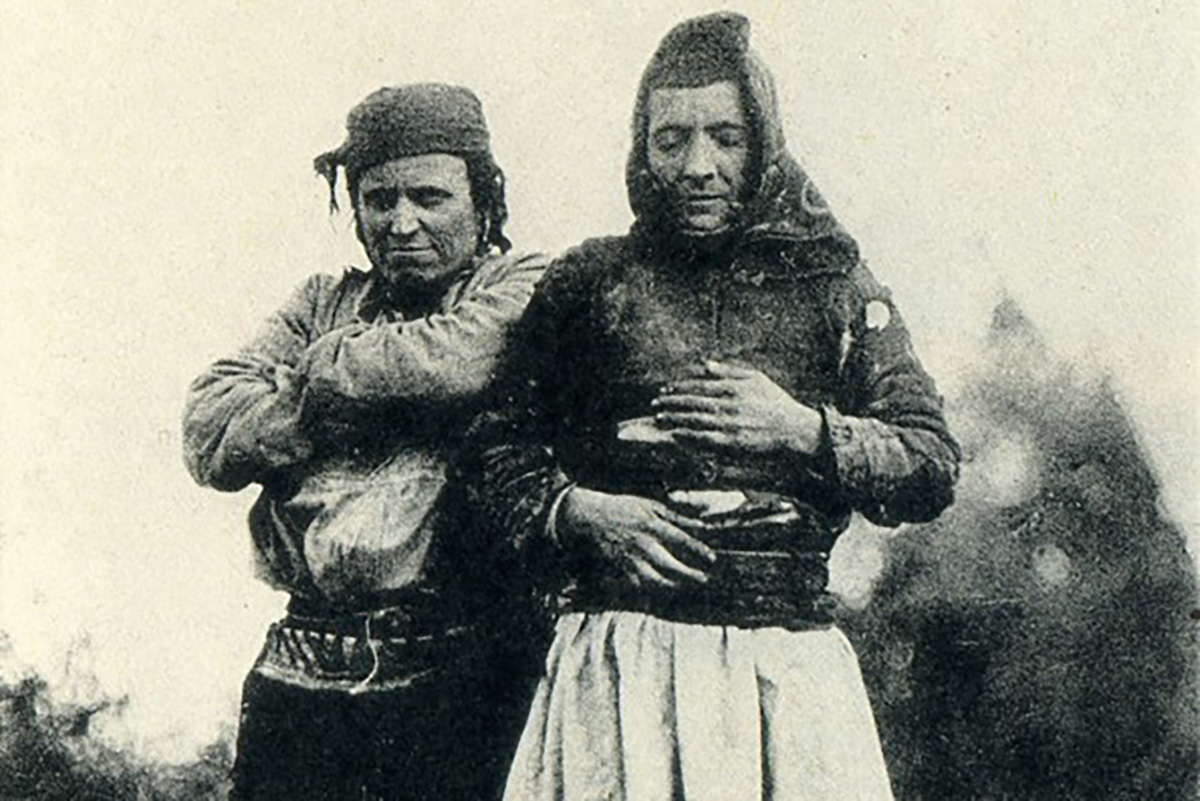
19th Century ‘Friendships’ to 90s Drag: Eastern Queerope Returns

Asylum Discourse: What Are “Safe” Countries of Origin for Queers?
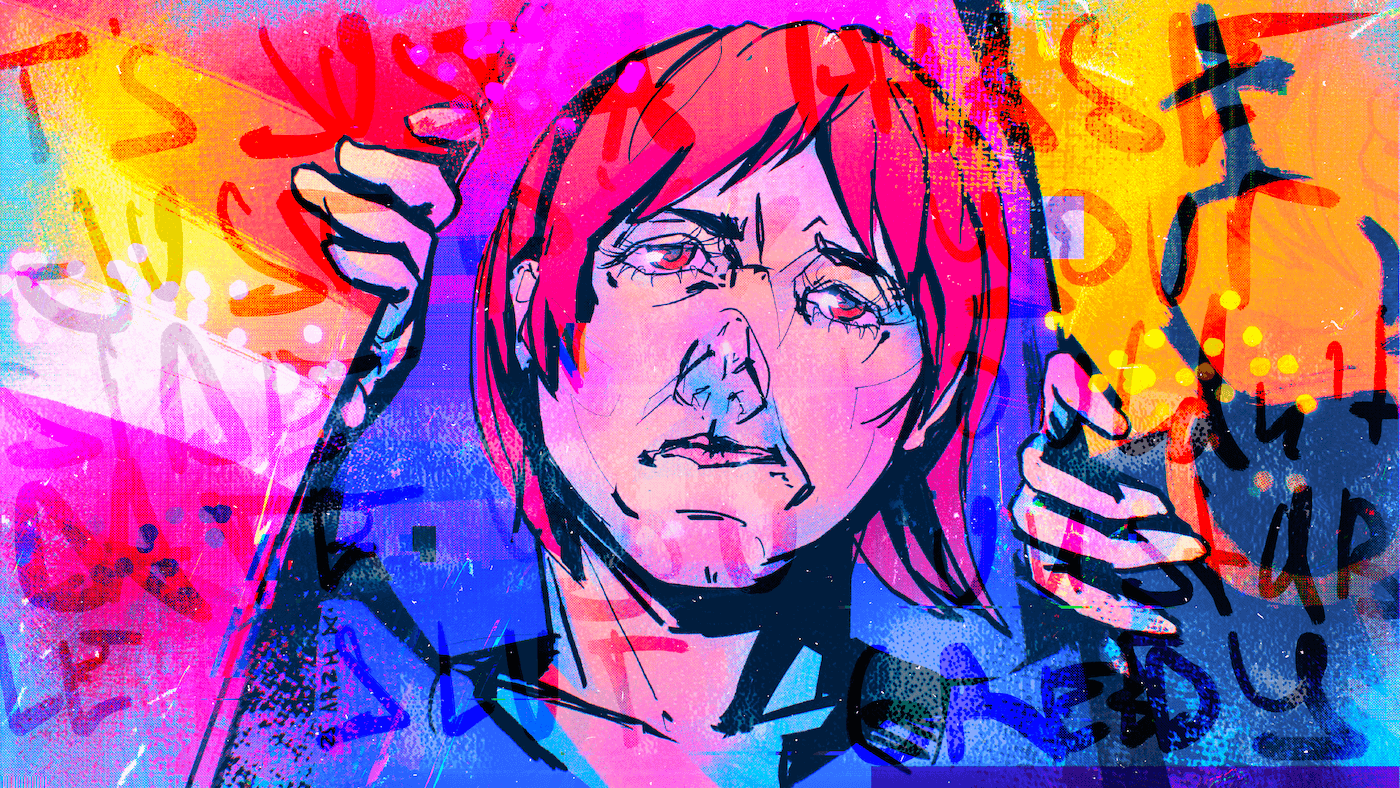
Moving Stories: LGBTQIA+ Ukrainian Refugees
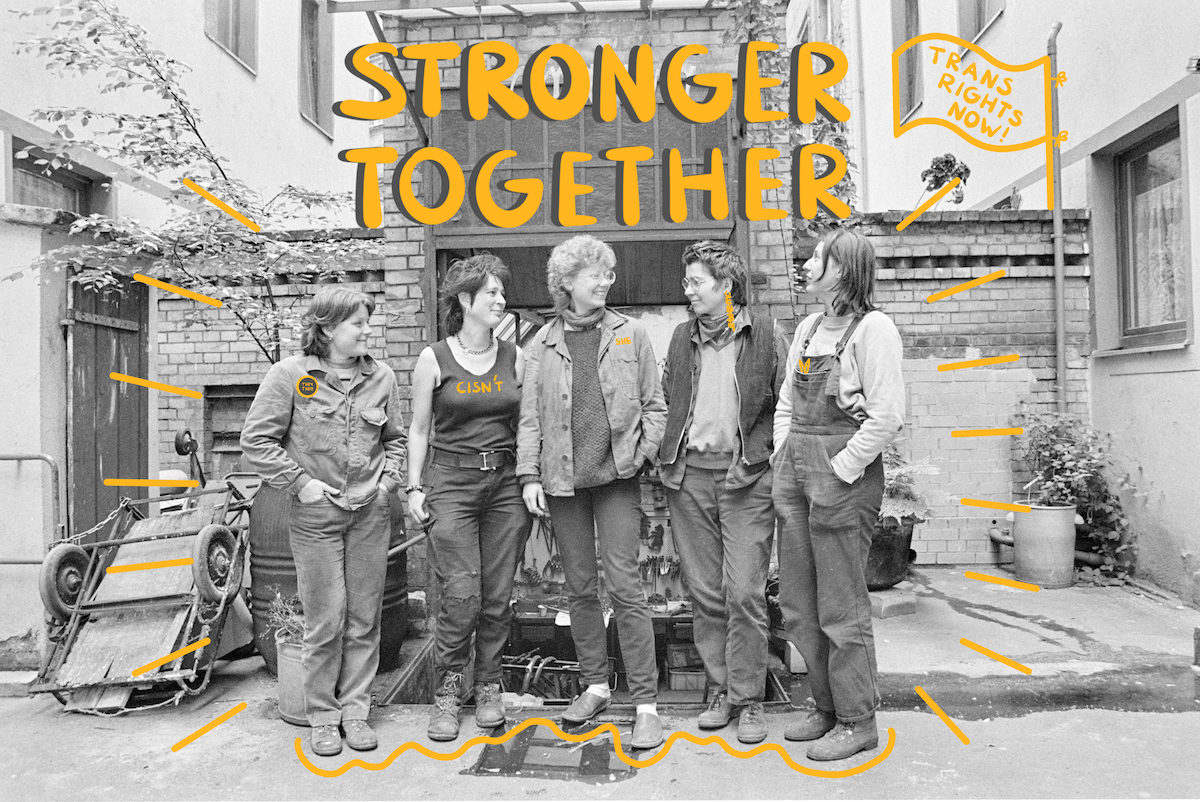
Beyond the Binary
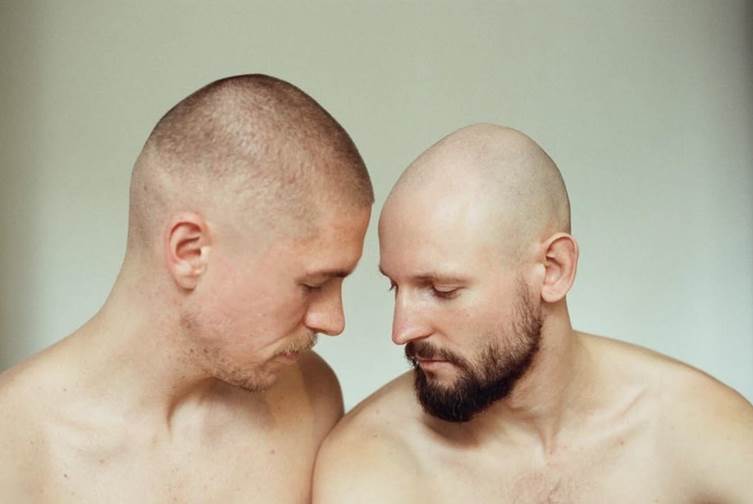
Queer Rights and Marriage Equality Under War, Authoritarianism, and Democracy
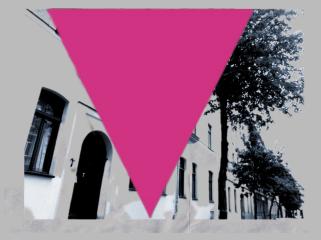
Gaps in Remembrance – Queer Biographies during National Socialism

Queer and Trans People Have Always Been Here. These Are Their Stories
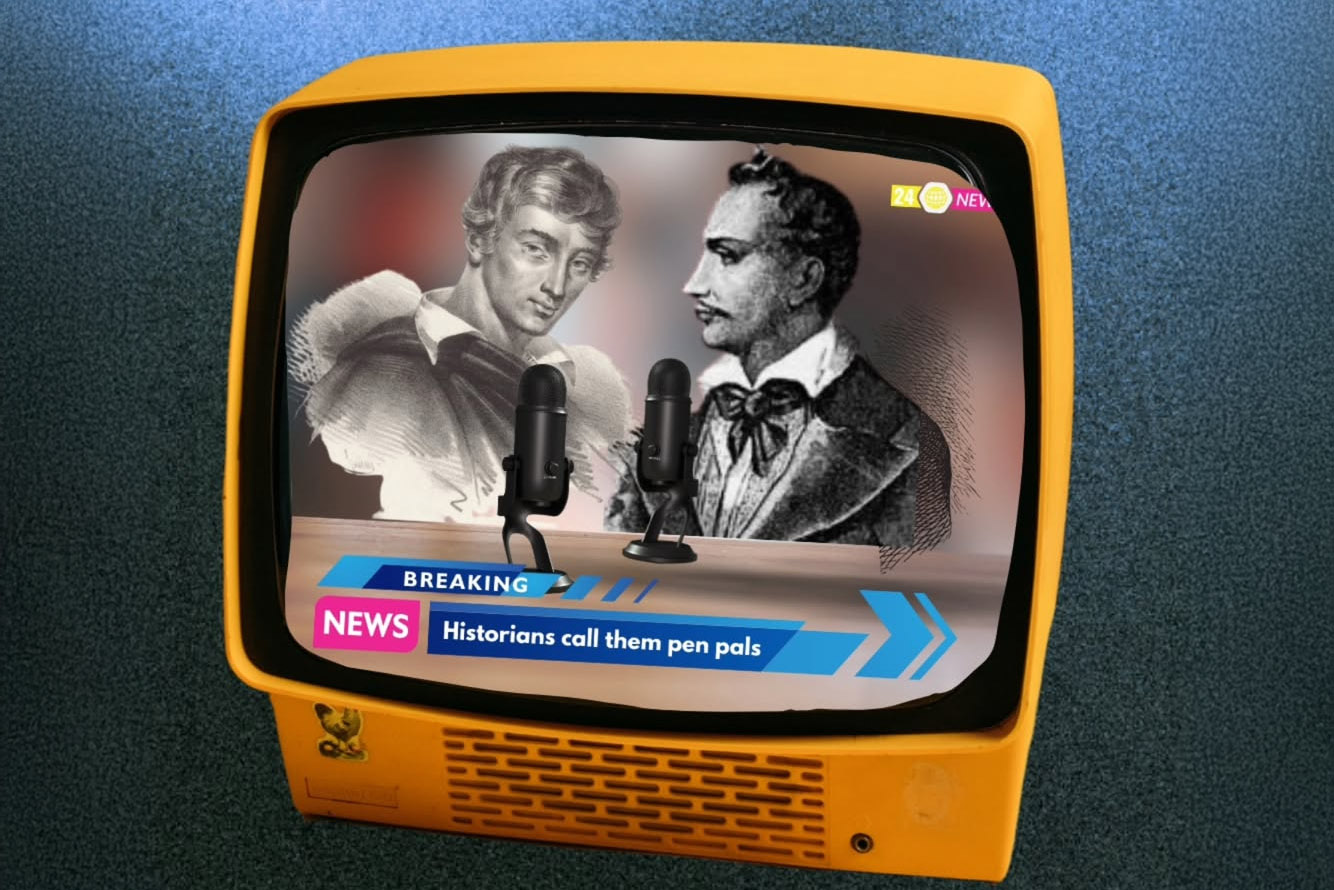
New Stories from Eastern Queerope
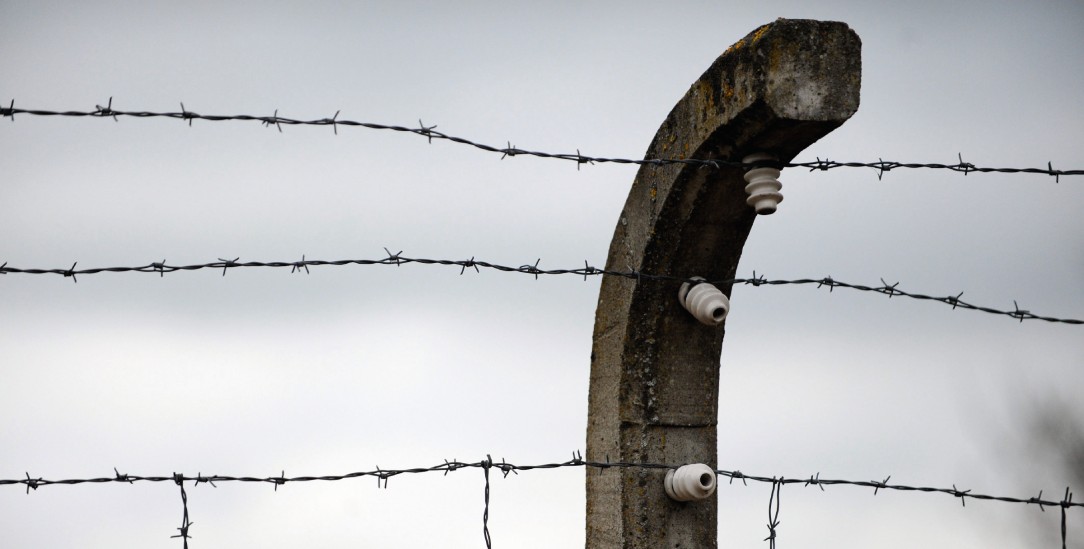
The Prisoners with the Pink Triangle
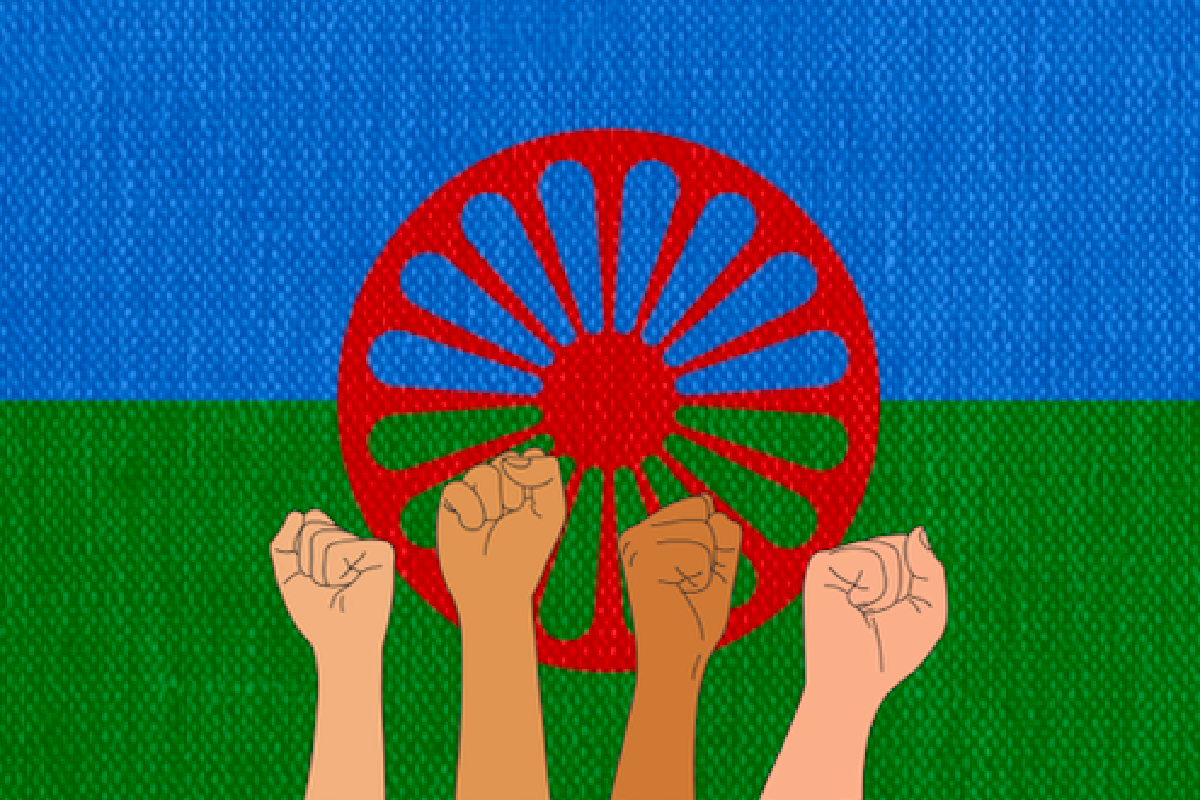
Queerly Beloved: Romani Resistance Through the Ages
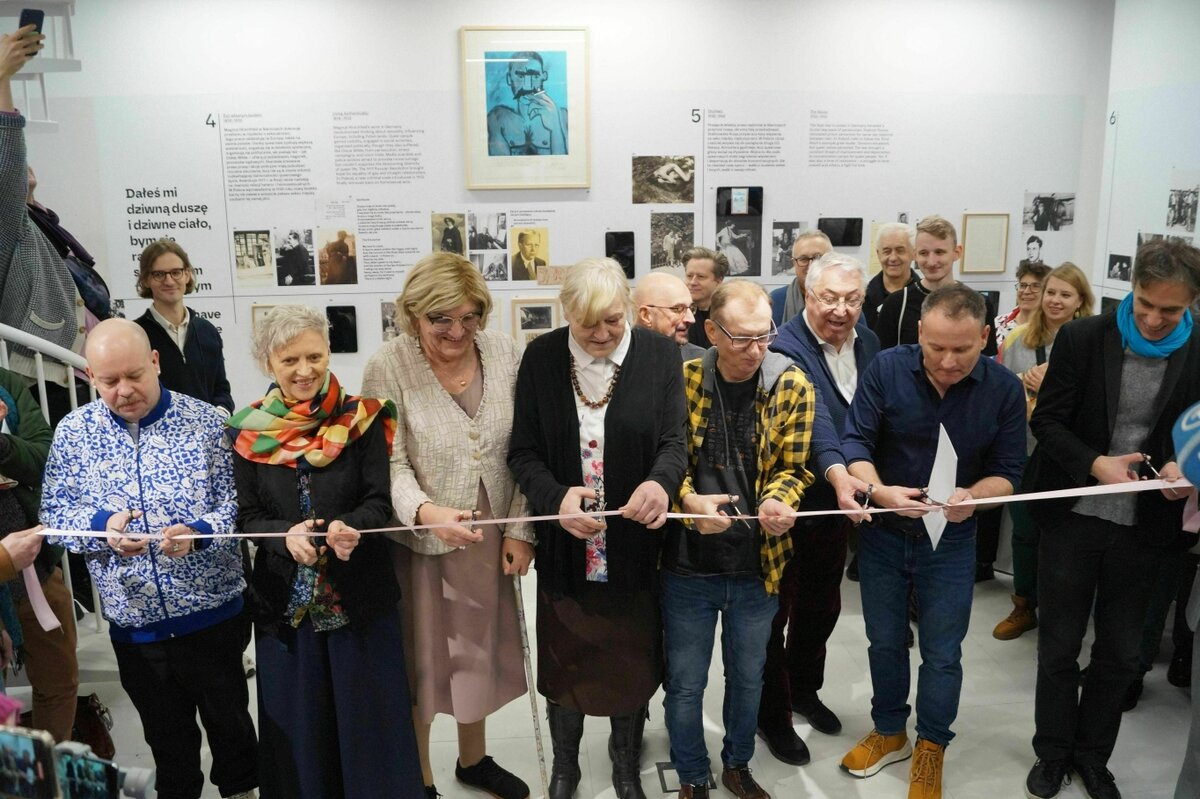
Intertwined Queer Stories: First LGBTIQ+ Museum in Eastern Europe
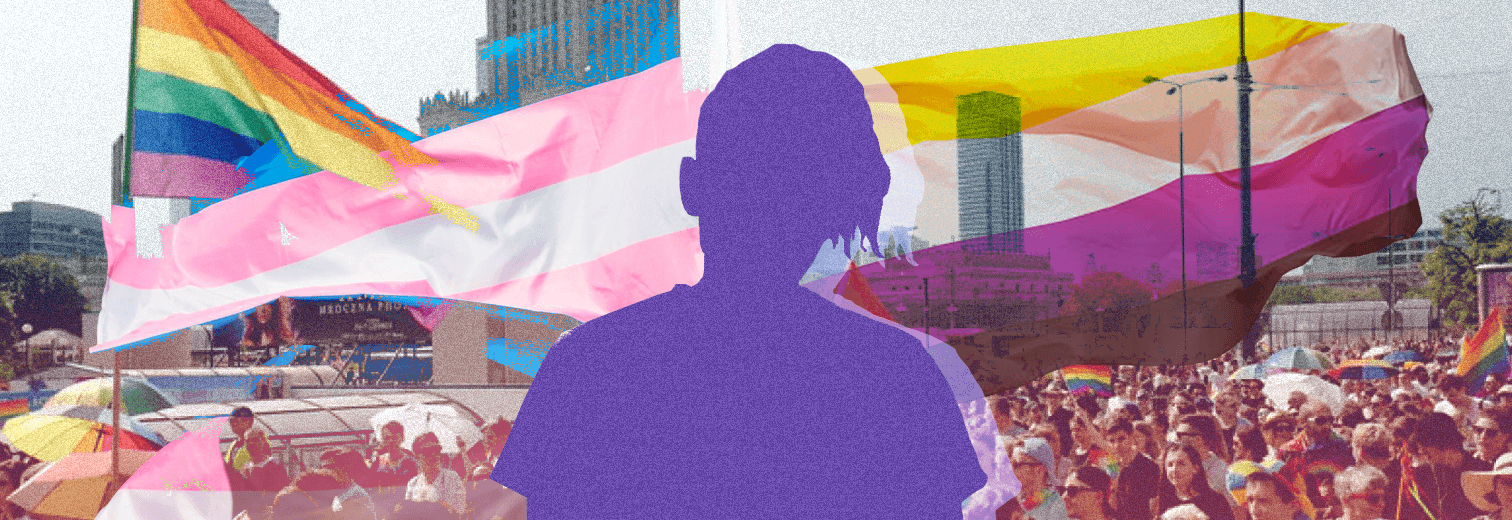
“The Smaller the Settlement, the Greater the Influence of Religion”: Belarusian Trans Non-Binary Activist in Poland

Queer Holocaust Voices – the Price of Silence

Forgotten Stories of Eastern European Queer Heroes
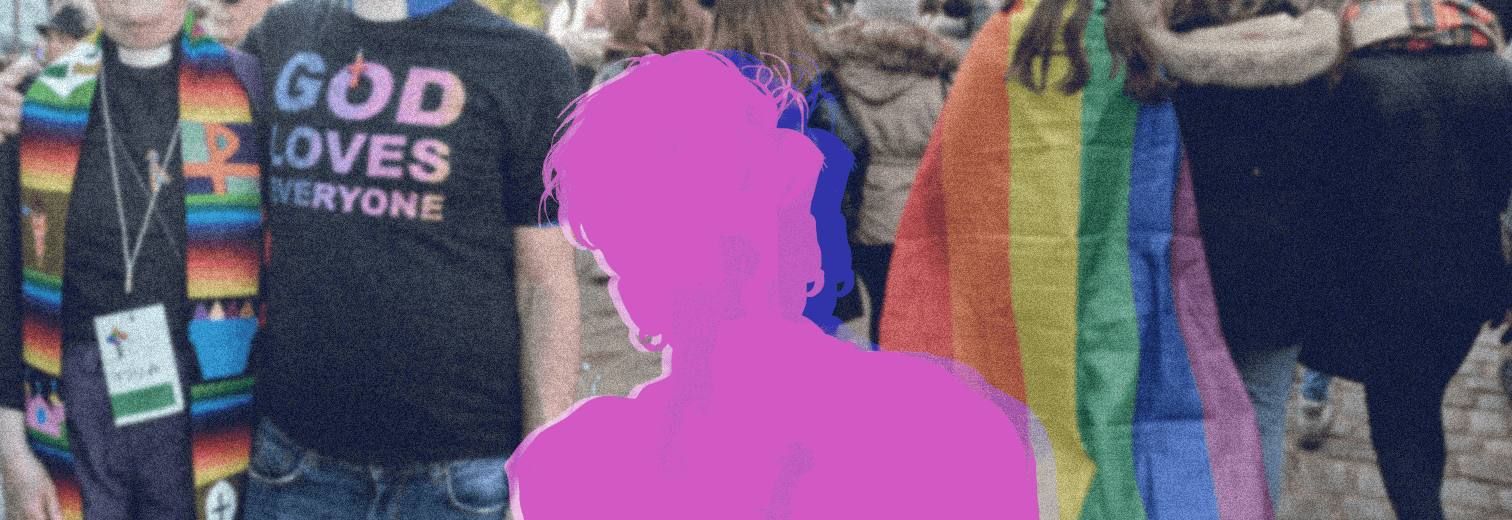
“I Accept Myself with All My Features”: Ukrainian Queer Person and Her Identity in Catholic Poland
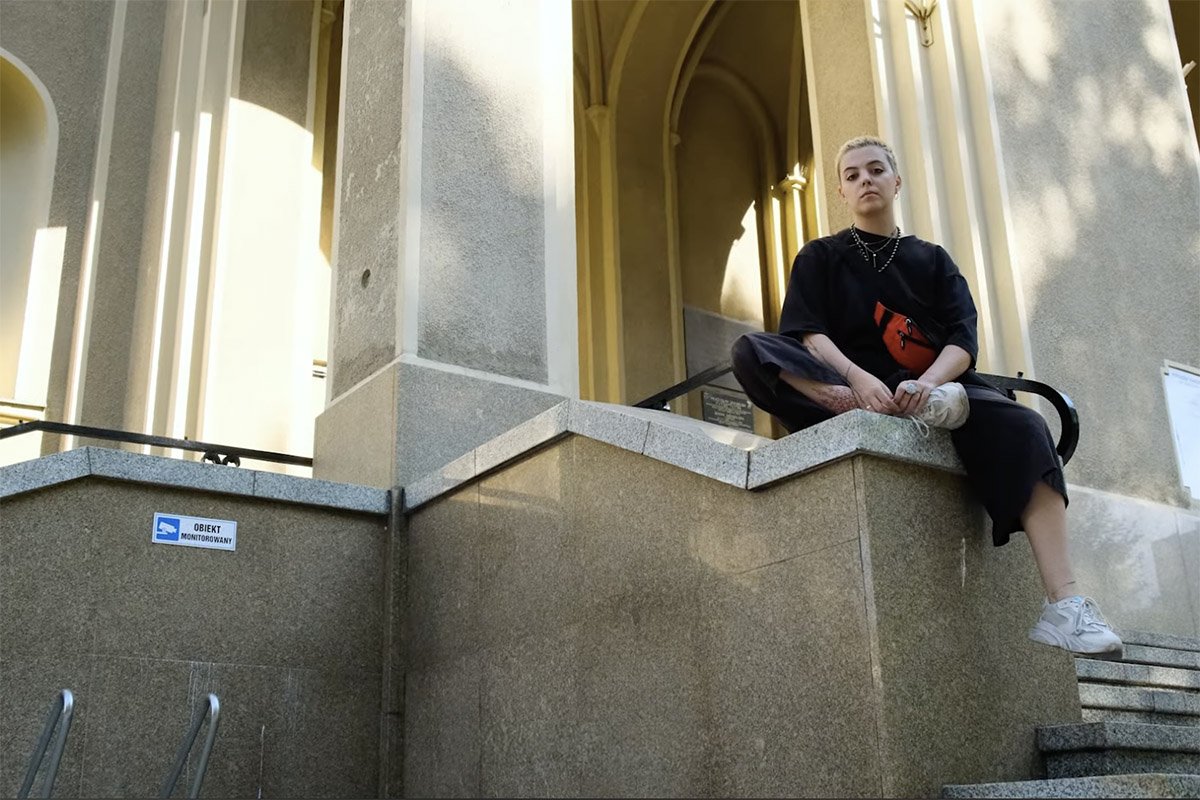
Belarusian on Bisexuality, Theatre and Emigration
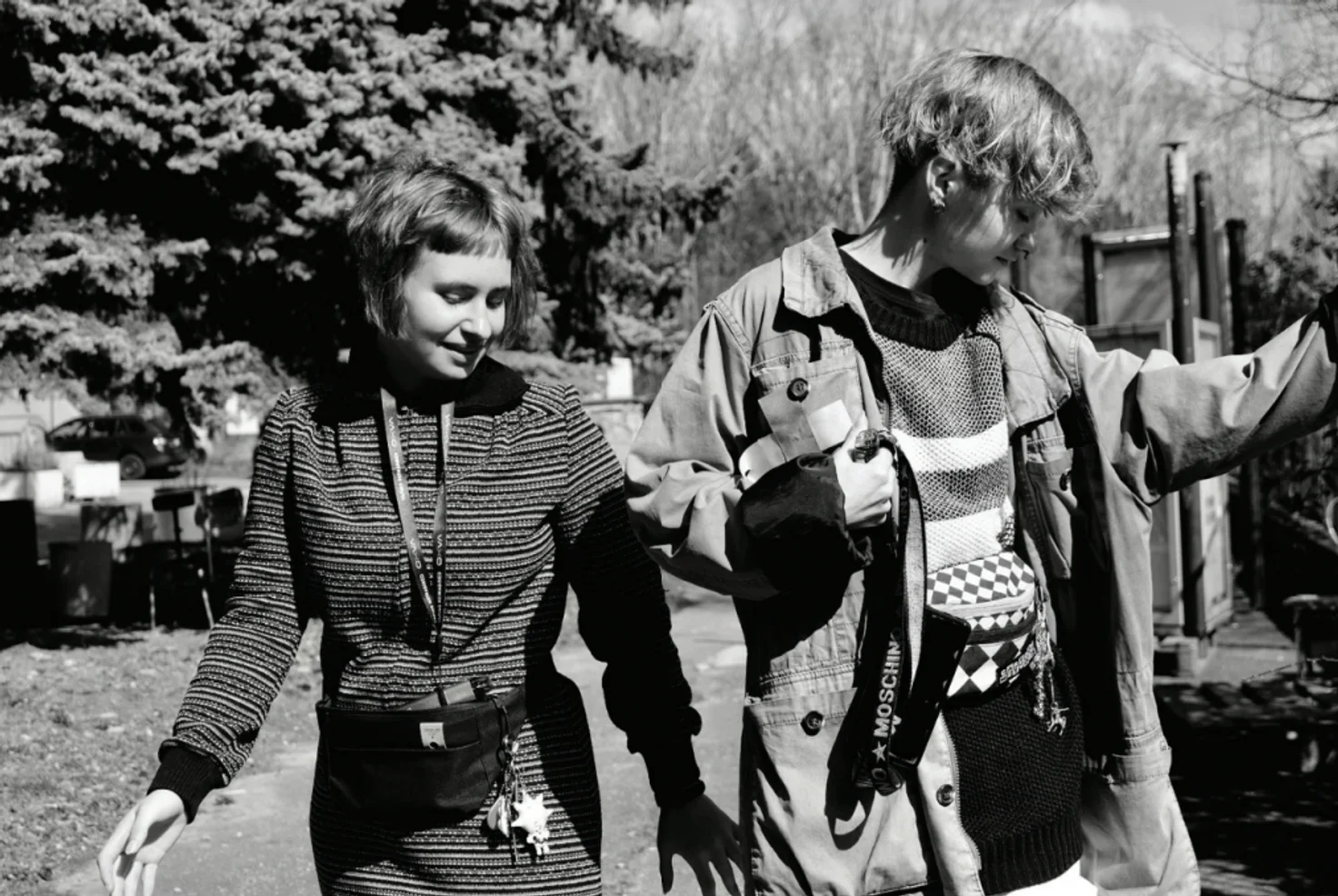
Shelters, Help and Support: How Uzhhorod Became a New Home for Queer People
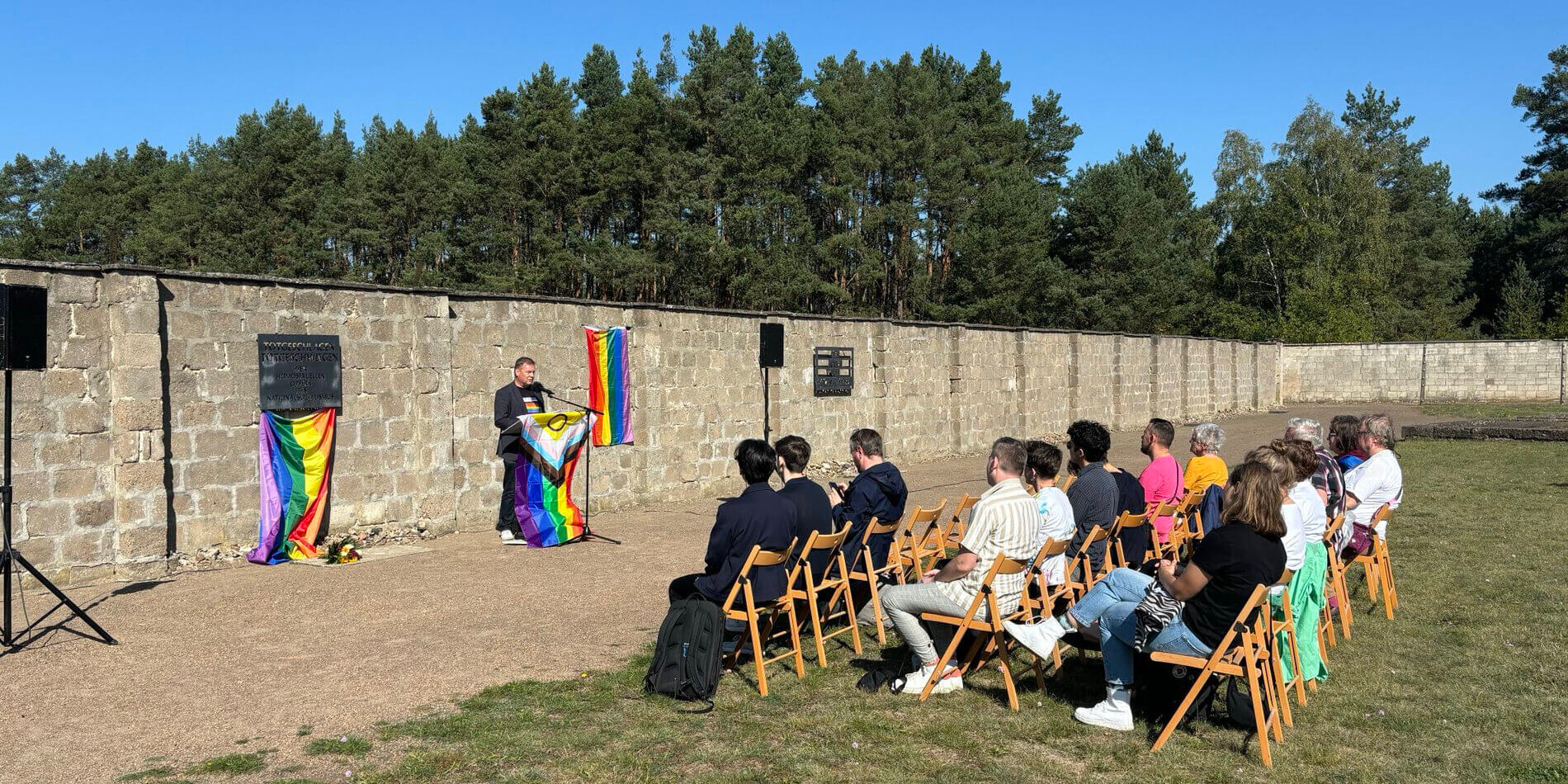
Diversity in Brandenburg: Queers Take a Stand
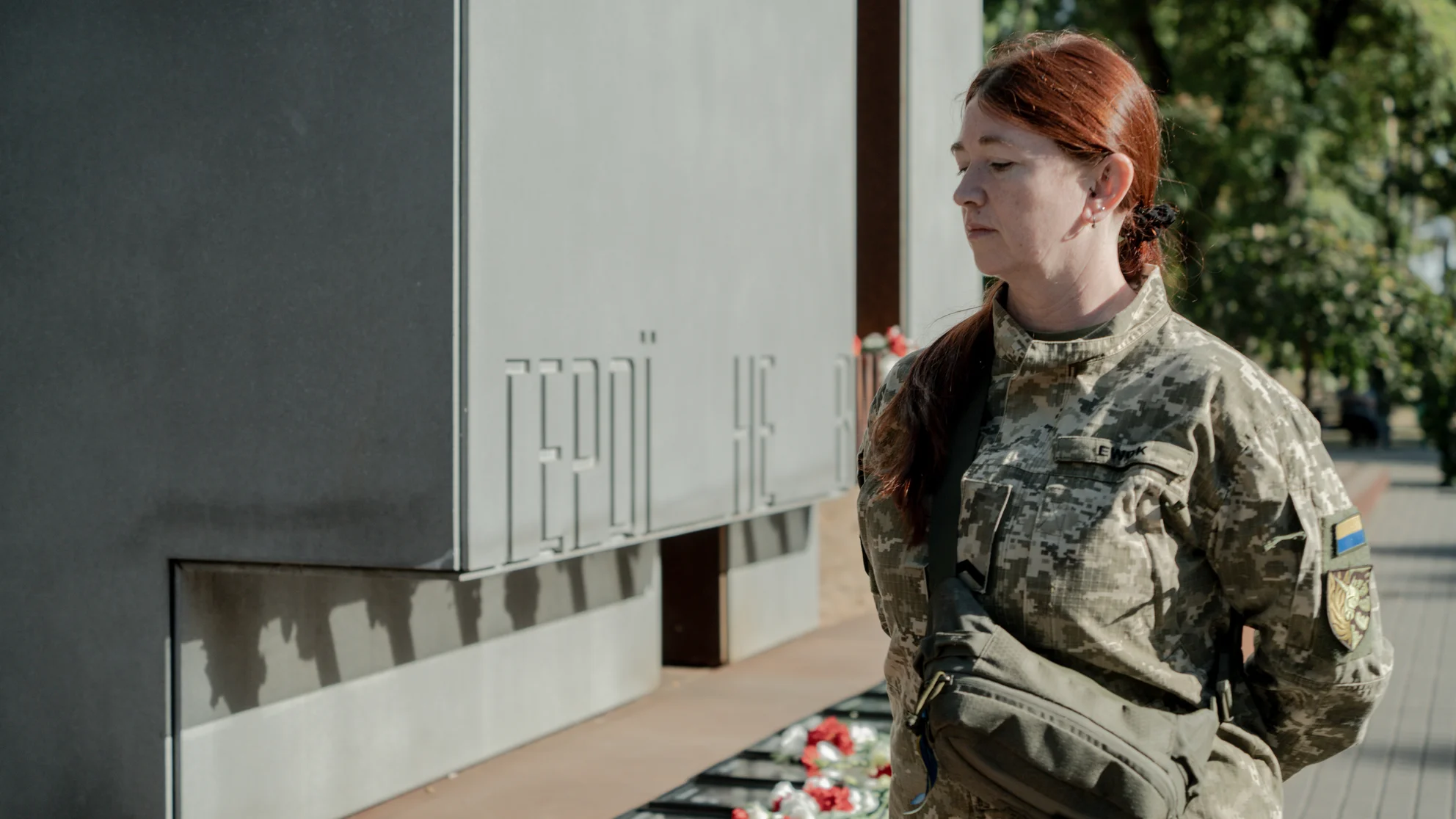
Being Yourself. How Kharkiv’s LGBTQI Community Fights for Their Rights
